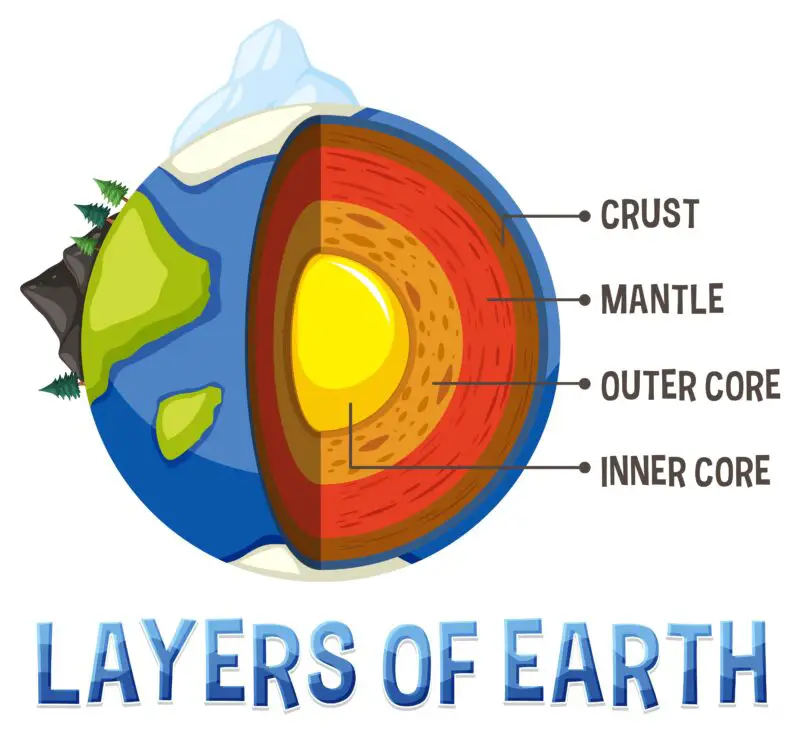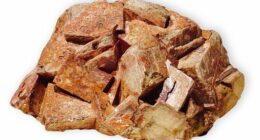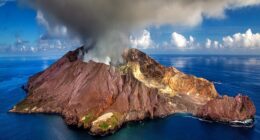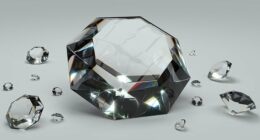The Earth’s crust, which is the outermost layer, consists of solid rock and covers both landmasses and ocean floors. The Earth’s core lies at the center and is composed mainly of molten iron and nickel.
TL;DR Earth’s crust Vs. Earth’s core
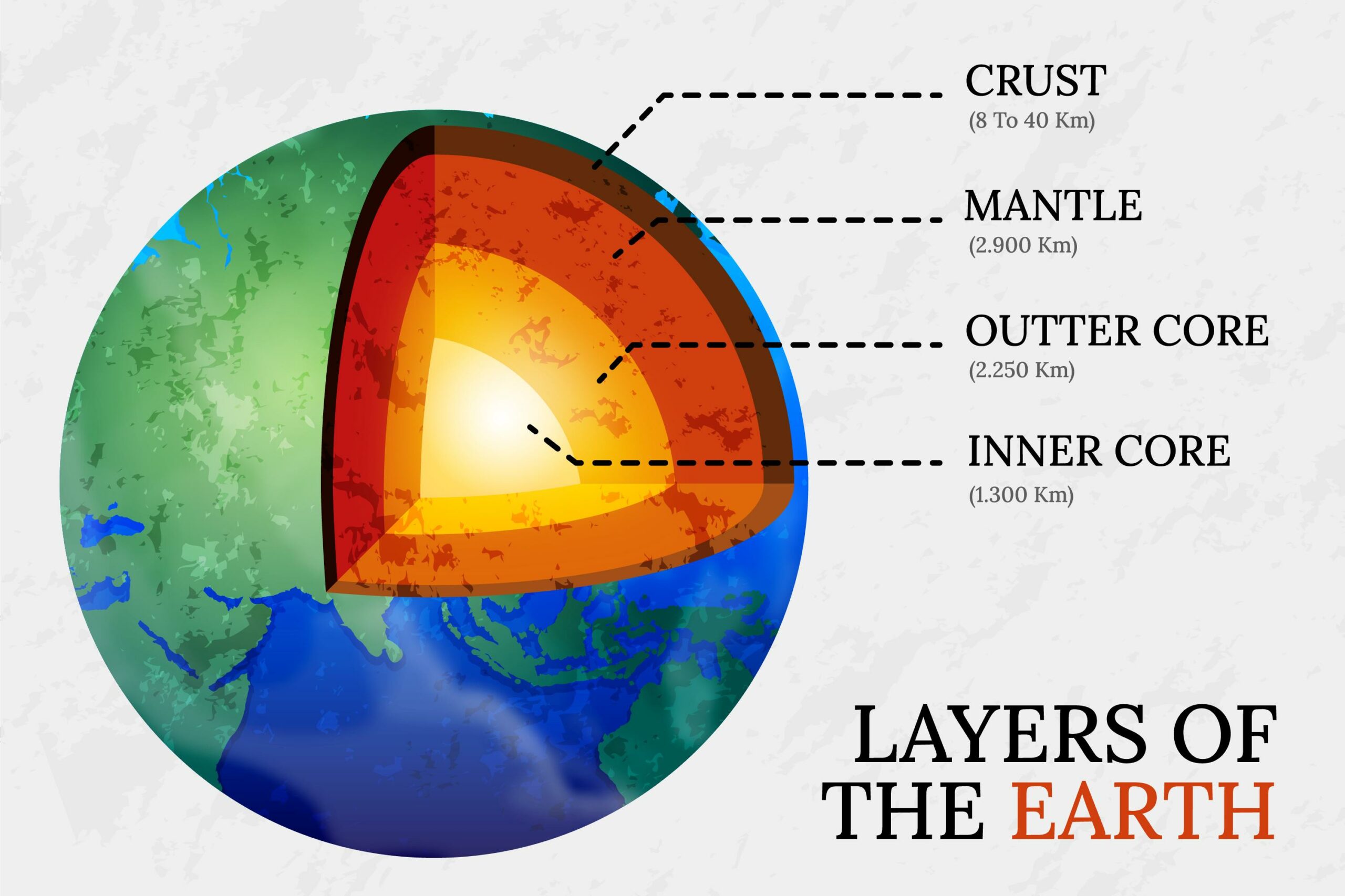
Earth’s Crust: Thin outer layer with tectonic plates, moves over time causing earthquakes, consists of continental (granite) and oceanic (basalt) crust, vital for ecosystems and resources.
Earth’s Core: Innermost layer with outer liquid (iron, nickel) generating magnetic field, and solid inner core (iron) under immense heat and pressure, studied through seismic waves to understand Earth’s dynamics.
The Earth’s Crust
The Earth’s crust, the outermost layer of our planet, is a thin but mighty shell that envelops the Earth. It may seem solid and unyielding to us, but in reality, it is constantly shifting and transforming beneath our feet.
Comprising both landmasses and ocean floors, the crust is divided into tectonic plates that float on the semi-fluid mantle below. These plates are not fixed in place; rather, they slowly move over time due to various geological forces. This movement gives rise to earthquakes, volcanic eruptions, and the creation of mountains.
The continental crust is thicker than its oceanic counterpart and primarily consists of granite rocks. It forms continents as we know them today – vast stretches of land teeming with diverse ecosystems and natural wonders. The oceanic crust mainly comprises basalt rocks and lies beneath the oceans’ waters.
The Earth’s Core
The Earth’s Core is the innermost part of our planet, located beneath the Earth’s mantle. It is composed mainly of iron and nickel, with smaller amounts of other elements such as sulfur and oxygen.
This region has extreme temperatures reaching up to 5,500 degrees Celsius! Can you imagine that? The core is divided into two parts: the outer core and the inner core.
The outer core is a liquid layer that surrounds the inner core. It plays a crucial role in generating Earth’s magnetic field through convection currents caused by heat from the inner core.
These currents create electric currents which produce our protective magnetosphere, shielding us from harmful solar radiation.
Earth’s crust Vs. Earth’s core – Key differences
| Aspect | Earth's Crust | Earth's Core |
|---|---|---|
| Location | Outermost layer of the planet | Innermost layer beneath the mantle |
| Composition | Varies: continental (granite) and oceanic (basalt) | Outer: liquid iron, nickel; Inner: solid iron |
| Thickness | Relatively thin | Much larger in volume |
| Types | Continental and oceanic crust | Outer and inner core |
| Movement | Forms tectonic plates, shifting over time | Generates Earth's magnetic field |
| State | Solid | Outer: liquid; Inner: solid under pressure |
| Heat Generation | Primarily from radioactive decay | Primarily residual heat from Earth's formation |
| Magnetic Field | Not directly involved | Generates Earth's protective magnetic field |
| Temperature | Relatively cooler | Much hotter than the crust |
| Seismic Activity | Major earthquakes occur here | Generates seismic waves for study |
Image Credits
Featured Image By – brgfx on Freepik
Image 1 By – Freepik
